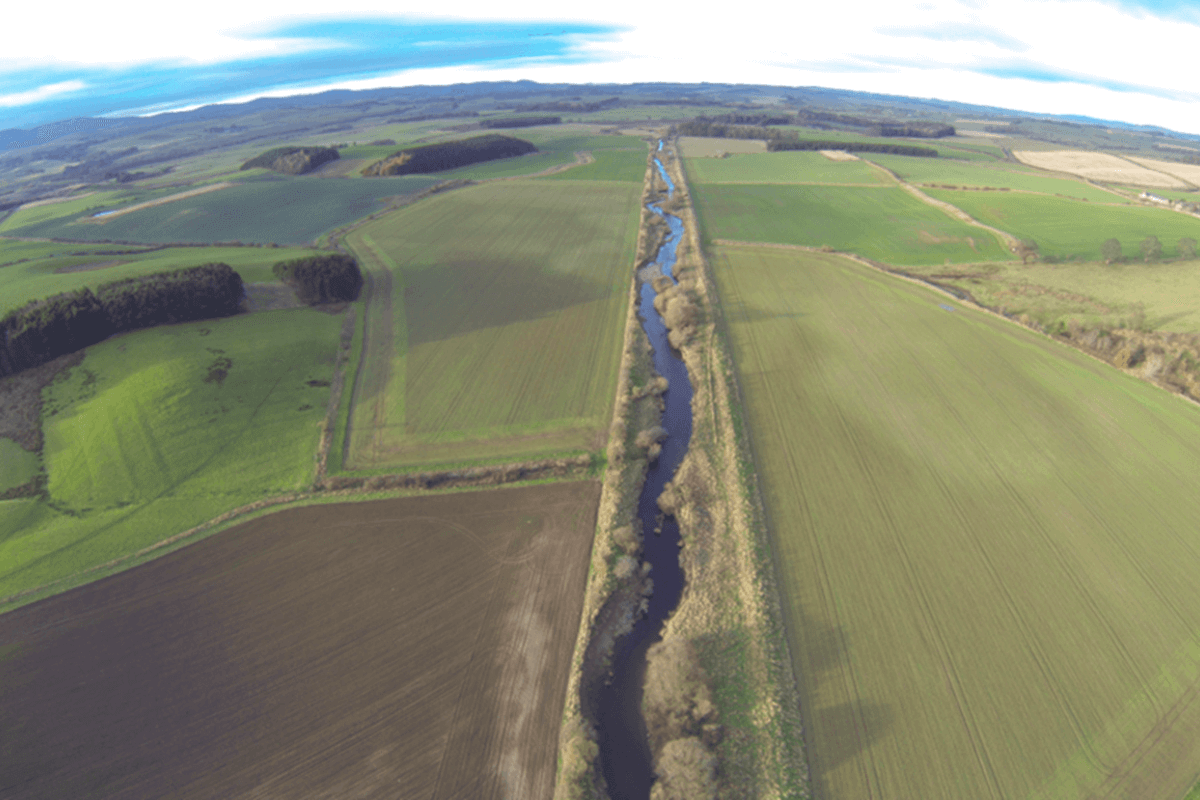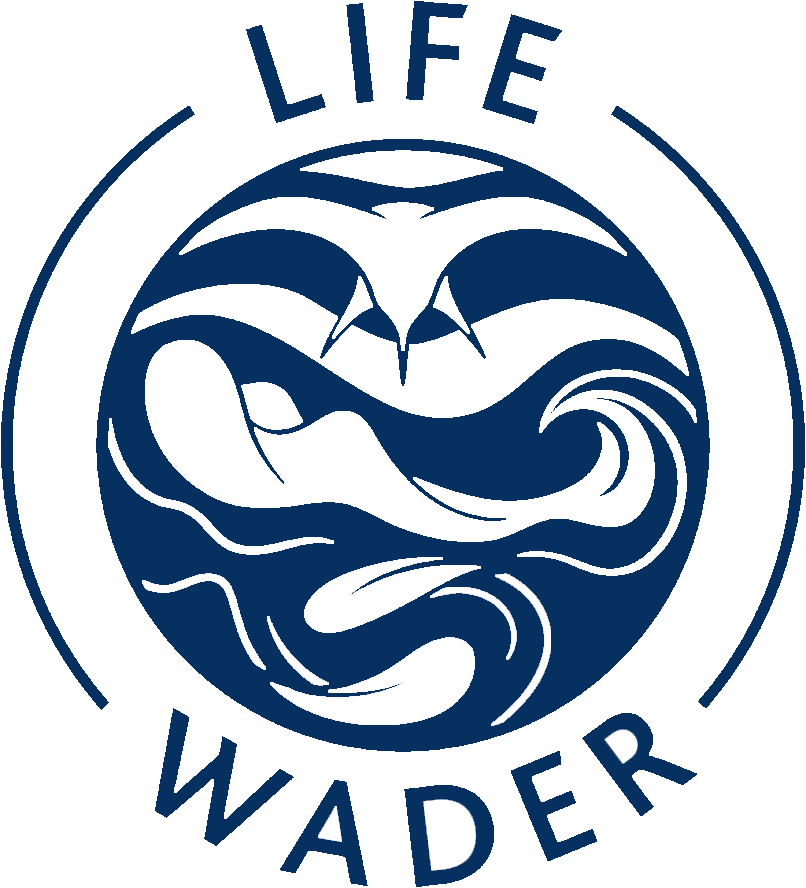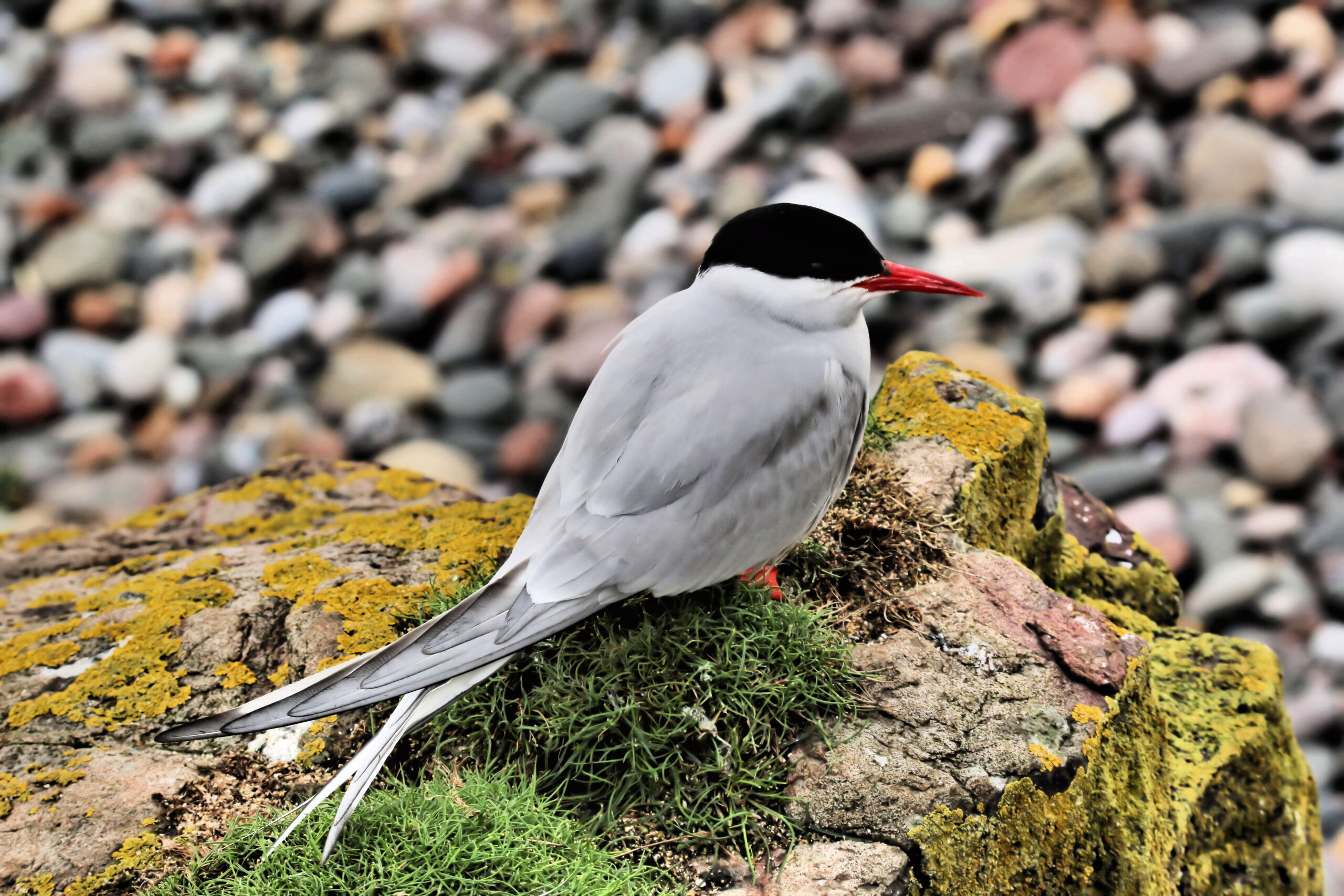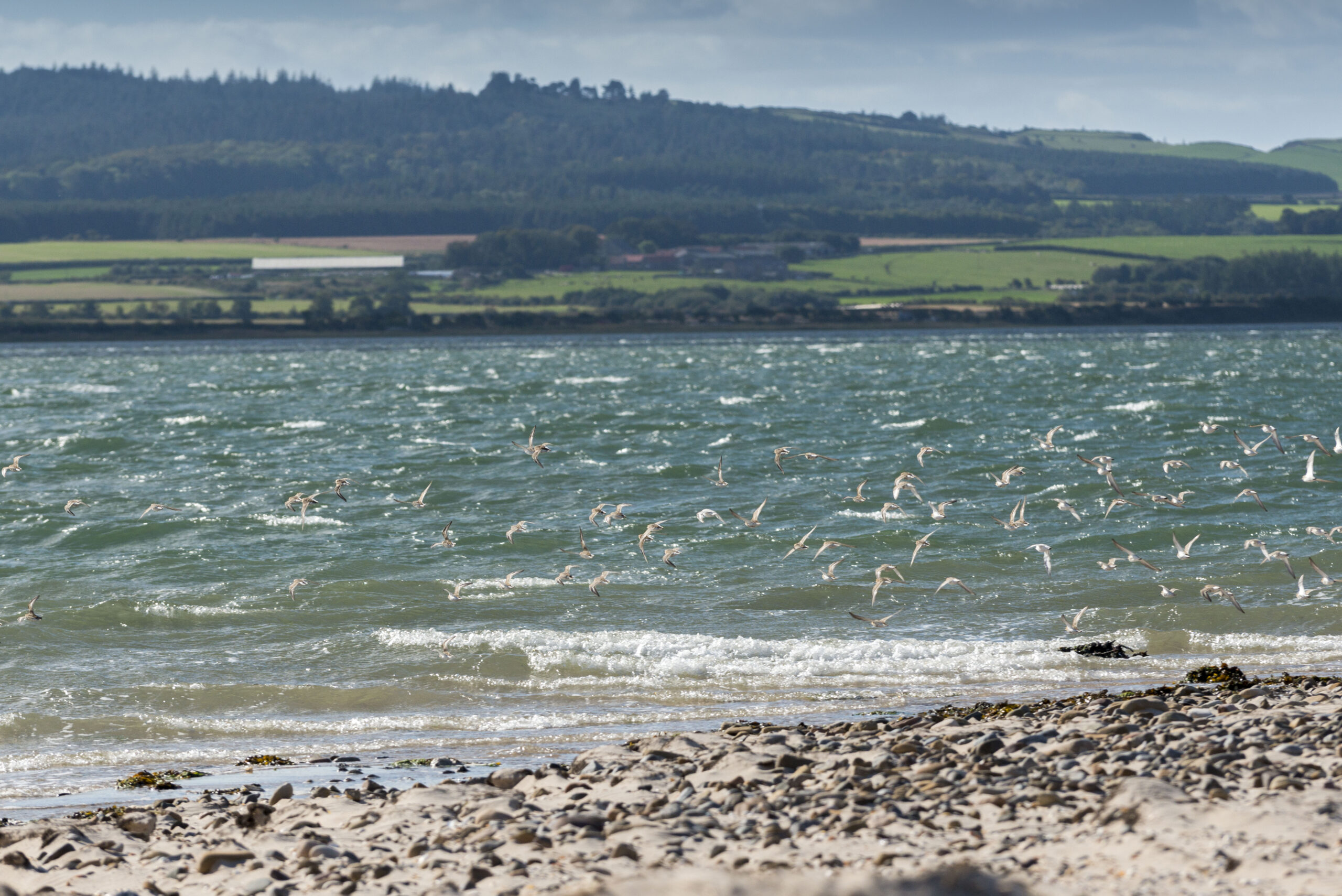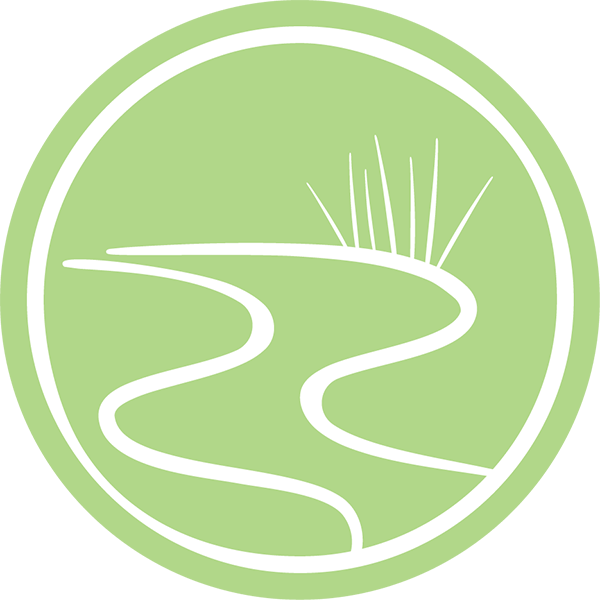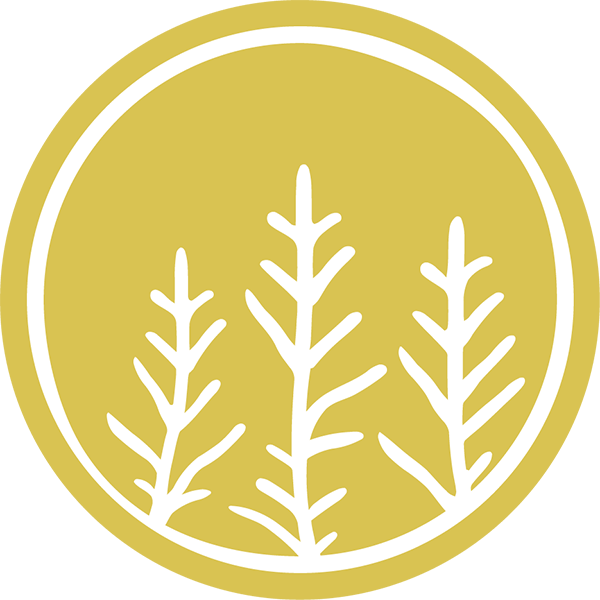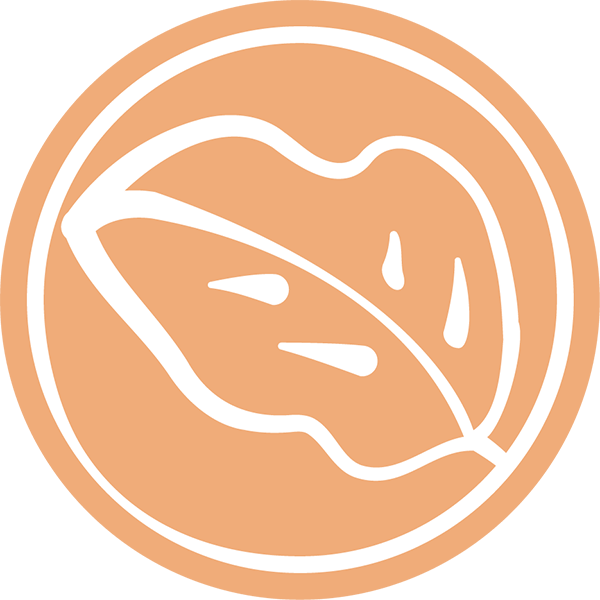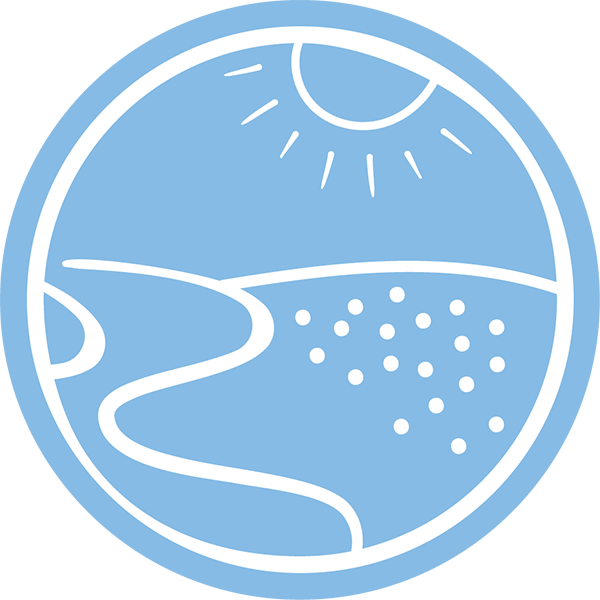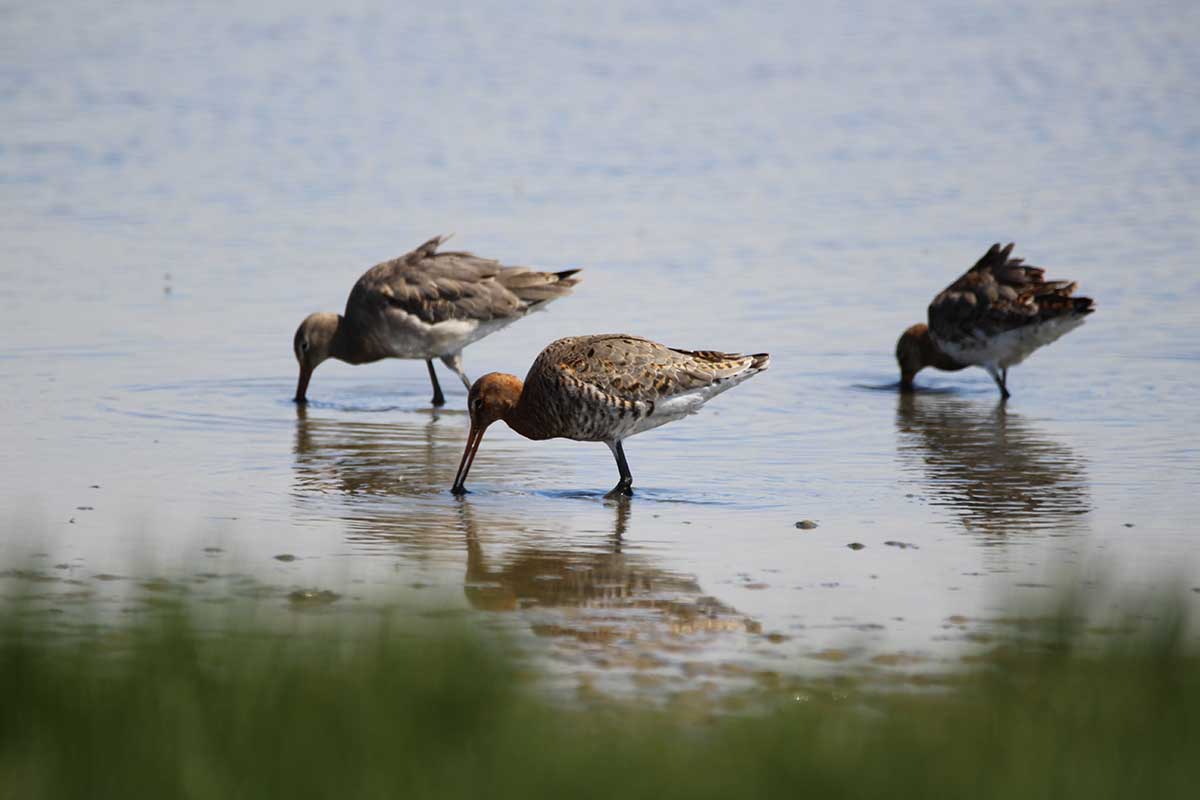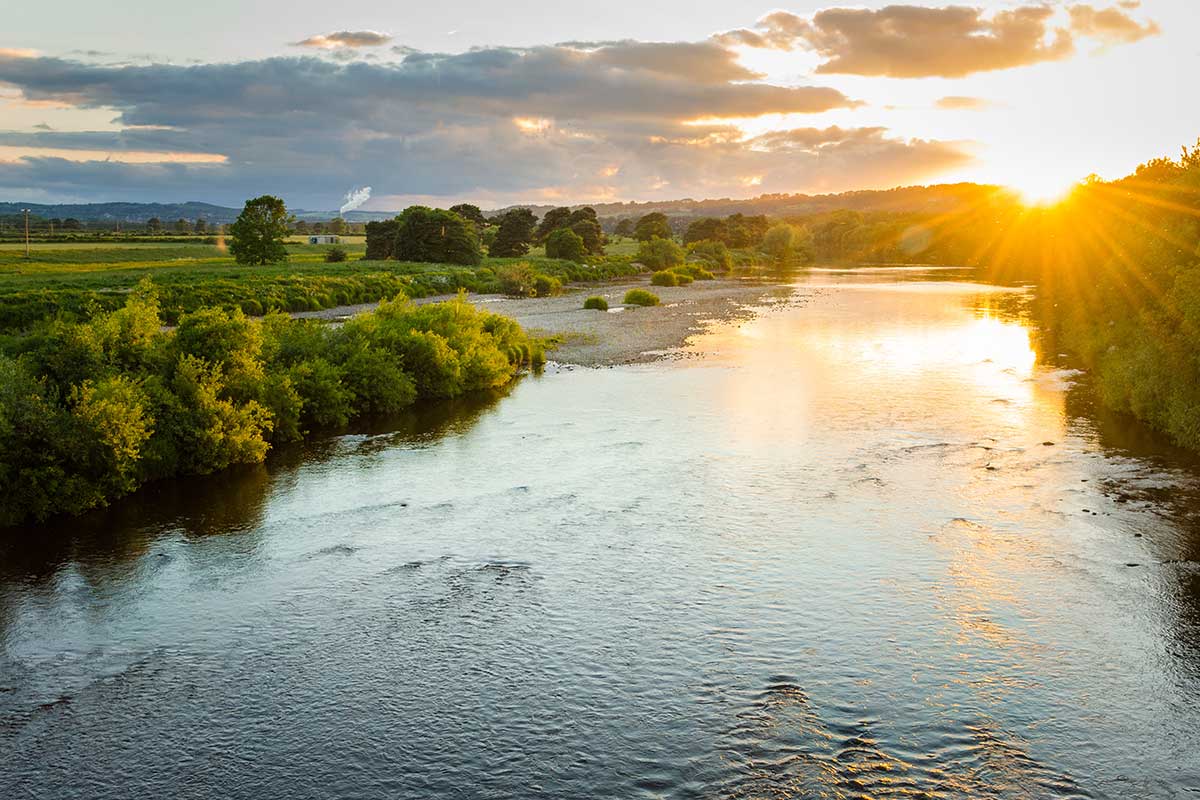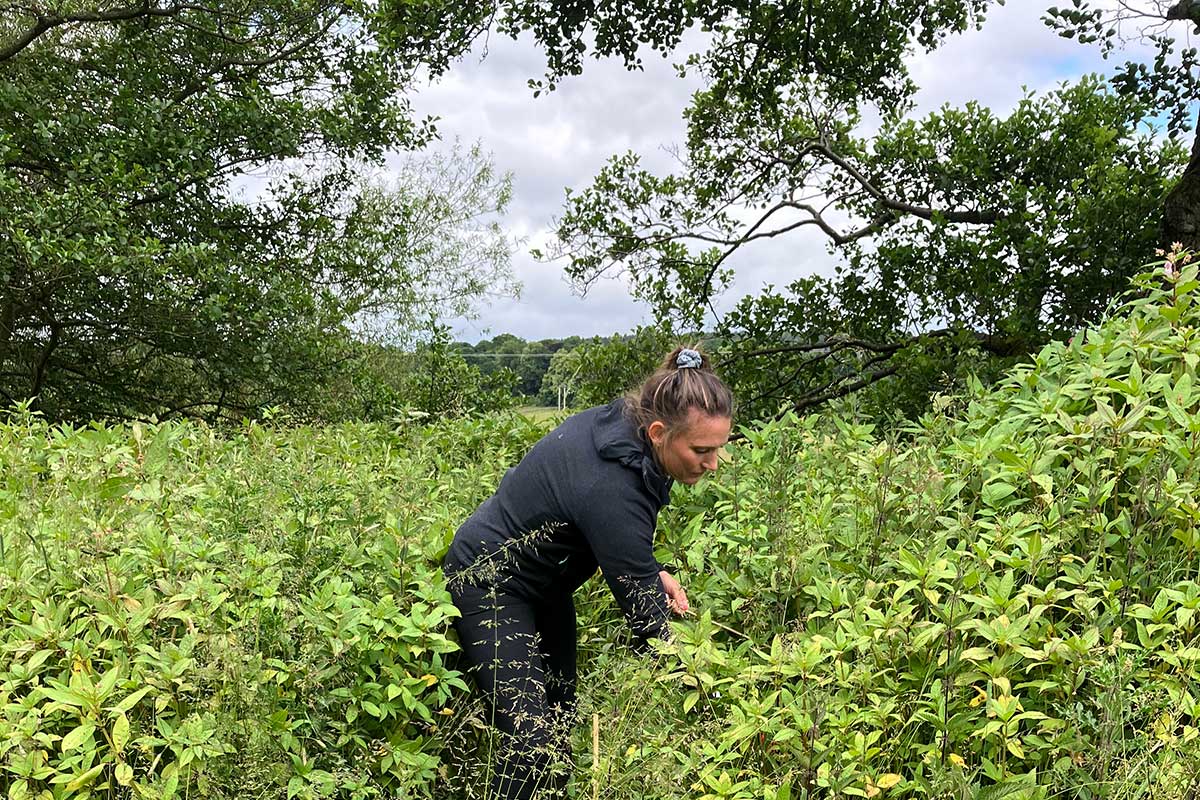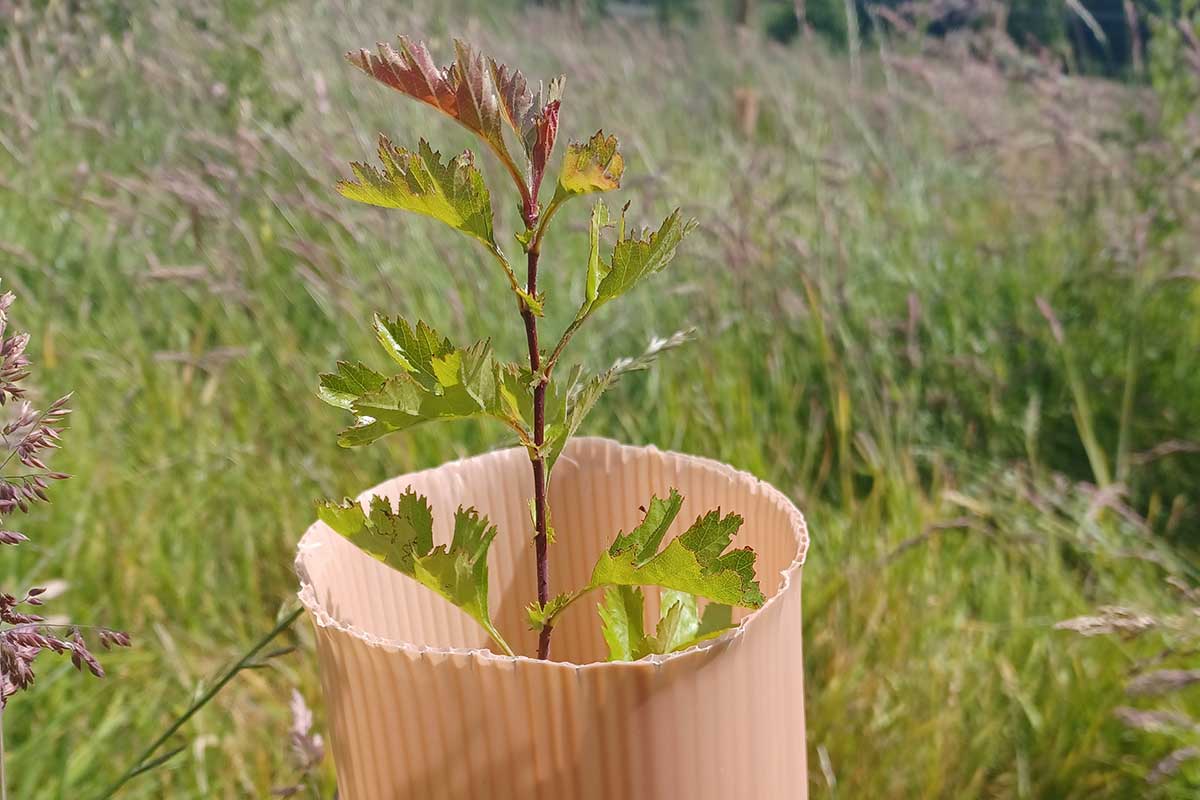Lindisfarne National Nature Reserve, together with a number of other sites along the Northumberland Coast, is home to some of the rarest shorebirds in the UK. Shorebirds are birds that use the beaches, saltmarshes and rocky shores to nest, rest and feed, but are often overlooked and have suffered steep declines in the last 30 years. In the Northeast alone, habitat loss, increased coastal recreation and climate change have all taken a significant toll.
However, the past six months have been especially challenging for the wildlife here. The staff and volunteers have intensified their efforts to support breeding, especially in areas with the traditionally largest populations of breeding Ringed Plover and Little Terns. In particular, the teams at Lindisfarne NNR and the National Trust Long Nanny site have built up sandbanks using brash vegetation (driftwood and windblown shrubs and branches) to create more sheltered areas and raise nesting areas above the tideline.
Human activity, specifically recreation, is a major issue for the shorebirds too. James Porteus, Ranger for National Trust Northumberland, said: “Climate change is making nesting conditions increasingly challenging, but this is sadly exacerbated by humans. Although the coast is of course for everyone to enjoy, it’s important that we all respect the wildlife here too. During breeding season it’s vitally important that dog owners keep their dogs on leads at key breeding areas – dogs can unwittingly scare the vulnerable and exhausted birds and every year we lose nests to dog disturbance.”
The LNNR team and partners, supported by the LIFE WADER project, have produced a new free booklet Wild & Wonderful, a guide to the birds of the Northumberland Coast, to help raise awareness of the internationally important birds that can be found on the coast. Over the Spring and Summer, staff and volunteers will be hitting the road in their new mobile visitor centre to distribute the guide, run activities and workshops and be on hand to help visitors spot the amazing wildlife and understand how they can help care for it too.
Andrew added: “We are looking forward to welcoming visitors over the coming months – there has never been a better time for the public to learn about our exceptional local wildlife and the challenges it faces. Together we can all make a difference to its future survival.”
Over the next two years, Lindisfarne National Nature Reserve, which is managed by Natural England, will receive additional support from the LIFE WADER project. National Trust Northumberland and the Northumberland Coast National Landscape Team will also receive extra support. LIFE WADER (Water and Disturbance Environmental Restoration on the Northumberland coast) is a major £5.8m nature recovery project, co-funded by the European Union. It is led by Natural England and brings together a range of experts to improve the ecological condition of more than 49,000 hectares of river, coastal and marine habitat and improve water quality within the river Tweed catchment and along the Northumberland Coast.
For more information, and to find out about Spring and Summer activities, please visit www.lindisfarnennr.blogspot.com, call the Reserve office on 01289381470 or email [email protected].
